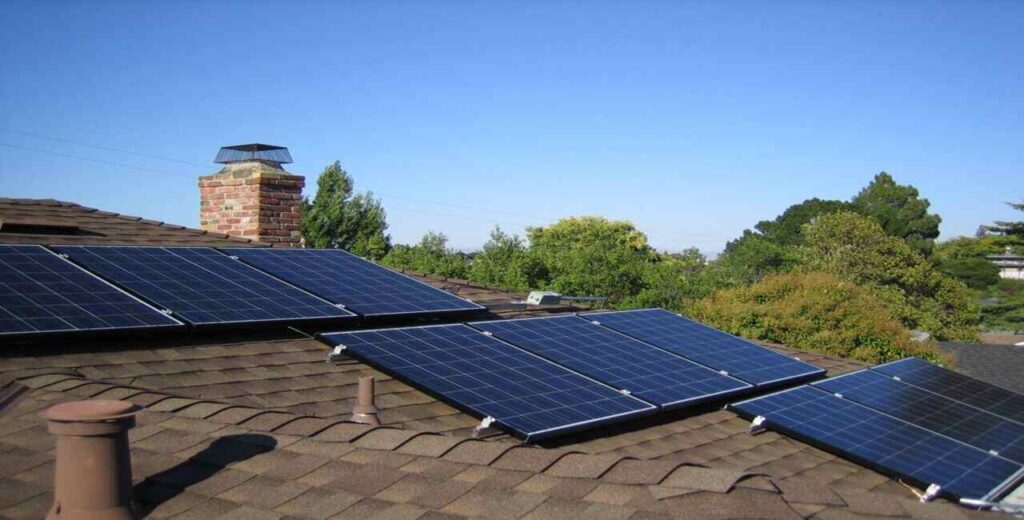Solar energy leasing has been a game changer in the agricultural sector, simply by the fact that it bestows on farmers the capability of raising extra revenue while at the same time promoting renewable energy. This blog looks into the trends, benefits, challenges, and prospects for the future in regard to the leasing of solar energy in agriculture.
Trends in Solar Energy Leasing
- Growing Lease Rates:
Farmland lease rates for solar firms have been on the rise. As many as nearly all farmers who have been approached about solar leasing report being offered at least $1,000 per acre. In June of 2024, 27% of respondents reported being offered $1,500 per acre or more—up significantly from the previous year . - Long-Term Contracts:
Solar energy leases are mostly long-term, usually 20 to 30 years. These agreements secure a stable and predictable income stream for farmers, thus being a very bankable proposition.
3.
Growth of Solar Projects:
There has been a significant rise in the number of farmlands also being used for setting up solar projects. More farmers are looking at solar energy to associate with conventional farming, particularly on less productive farmland. - Integrating with Conservation: Most of the solar projects make provisions for conversation techniques or sustainable development. For example, some solar farms will put in areas that are pollinator-friendly, while others will provide grazing land for livestock; this allows for comparative use of land space to its fullest potential and enjoying the added benefits for the environment.
Benefits of Solar Energy Leasing
- Supplemental Income:
Steady supplemental income from the farm, such as that derived from solar leases, is especially helpful during times of general economic turmoil or low crop prices. Additional revenue will, therefore, go towards the smoothing of farm operations and long-term financial planning. - Environmental Effects:
In using their farms for solar energy projects, farmers create inconvenient, clean, and renewable energy. This reduces the level of greenhouse gases in the atmosphere, hence controlling climatic change worldwide. The use of non-polluting solar energy aids in achieving larger agricultural sustainability. - Land Utilization:
Solar energy projects can also be sited on less productive or marginal land, thus allowing farmers to make optimum land use without compromising on major agricultural uses. This dual-use approach may increase the general productivity of the land. - Community and Economic Benefits:
UTILITY-SCALE solar applications of solar energy offer an excellent opportunity for creating local employment—during construction and maintenance phases—to add value to community economic development. These also improve local energy independence and resilience.
Discussion of Challenges and Considerations
- Land Use-Conflicts:
One of the primary challenges with respect to solar energy leasing is a potential conflict with traditional agricultural uses. Farmers will have to consider quite carefully those portions of their lands that are suitable for solar projects so as not to hamper their farming operations. - Regulatory and Permitting Hurdles:
The regulatory environment for solar projects remains highly complex in many countries. Therefore, farmers alone would have to ensure that the local zoning laws, environmental regulations, and other legal requirements—wide-ranging and differing from region to region—are complied with. - Long-term Commitment:
Entering into long-term solar leases needs some foresight and planning. Farmers shall project the feasibility of solar projects into the future and attribute that effect on future land use decisions. Understanding the terms and conditions of the lease agreements is of essence.
Bottom - Maintenance and Liability:
While the solar companies generally install and maintain the panels, farmers must be aware of their responsibilities and possible liabilities for these projects. These problems should be addressed by clear communication and clearly defined contracts.
Future Prospects
The future prospects of solar energy farming leasing seem very promising since several factors are likely to be instrumental in continued growth:
- Advancements in Solar Technology:
Technology improves photovoltaic panels to be more efficient and cheaper; therefore, farmers are inclining towards the idea of solar energy projects. - Government Incentives and Policies
Government policies and incentives to promote renewable energy may further encourage adopting solar energy leasing in agriculture. These incentives include tax credits, grants, and subsidies for solar installations. - Rise in Demand for Renewable Energy
The increased demand from consumers, companies, and governments for renewable energy sources is likely to spur further investment in solar energy schemes on agricultural land. This trend goes in tandem with the global transition toward a low-carbon economy.
Conclusion
Solar energy leasing is an opportunity of immense potential for farmers in the diversification of income, supporting renewable energy production, and being friendly to the environment. Though there are certain challenges to be sorted out, it is the benefits and potentials derived which make solar energy projects a mantra of growth for the farming sector. From technological advancements to policy changes, the trend can only go uphill in the agriculture solar energy leasing sector, promising bright times ahead for farmers and the planet alike.

